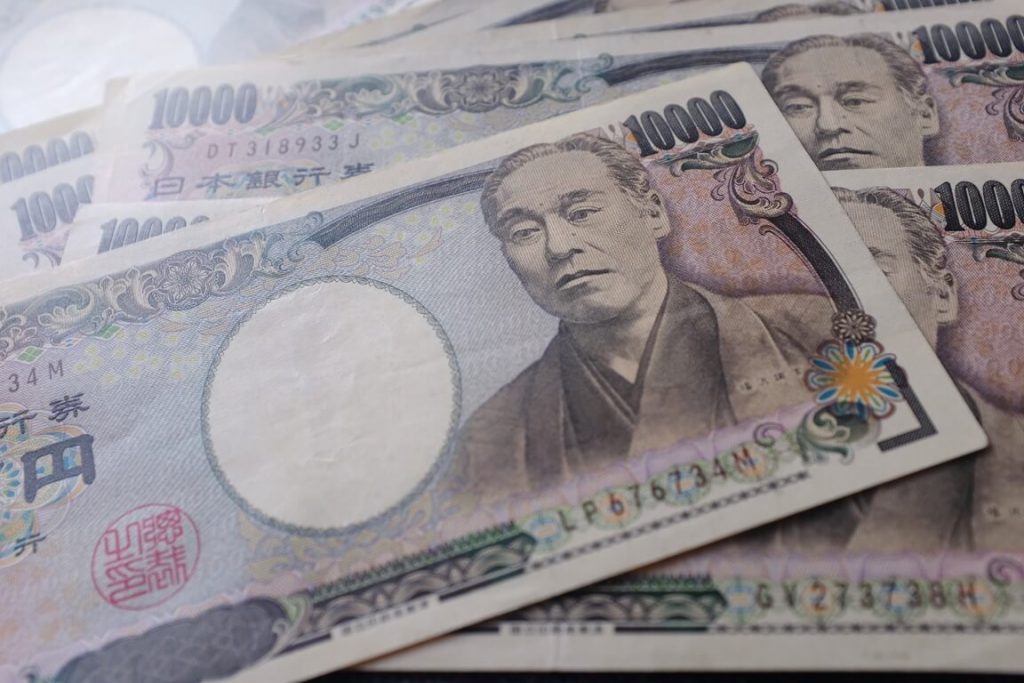
Quick Look:
- BOJ Governor Ueda hints at a possible interest rate hike in July, contingent on economic data.
- A weak yen increases import costs, pressuring household spending, despite wage increases supporting consumption.
- Key decisions are expected, including bond purchase reductions and a detailed plan for balance sheet trimming.
Kazuo Ueda, the Governor of the Bank of Japan (BOJ), has indicated the possibility of an interest rate hike in July. This decision hinges on the economic data available at that time. Presently, Japan’s interest rates remain at near-zero levels. Therefore reflecting the central bank’s cautious stance on monetary policy amid ongoing economic challenges.
A primary concern influencing the BOJ’s considerations is the impact of a weak yen on the economy. The depreciating currency has increased import costs, putting pressure on household spending. Despite these challenges, increasing wages supports the economy by underpinning consumption and fostering a moderate recovery.
BOJ Policy Meeting to Address Bond Purchases
The BOJ’s upcoming policy meeting on Friday is crucial. The central bank is going to make significant decisions. Some include the commencement of trimming its substantial bond purchases. Additionally, a detailed plan for reducing the nearly $5 trillion balance sheet will reveal itself in July. The outcome of this meeting will be pivotal in determining whether the BOJ will proceed with a rate hike.
The BOJ’s July 30-31 meeting holds uncertainty regarding whether short-term rates will be increased or if the bank will opt to delay this move to avoid disrupting financial markets. Although inflation has not consistently hit the BOJ’s 2% target, there is a need for more time to thoroughly analyse the economic data before making further rate adjustments.
Wage-Inflation Cycle Critical for Economic Growth
In the context of corporate behaviour, the Japanese economy is likely to witness more evident signs of a positive wage-inflation cycle driven by rising nominal wages. This development is critical for sustaining economic growth and achieving the BOJ’s inflation targets.
The BOJ plans to provide details on its bond tapering strategy next month. The central bank aims to avoid relying on bond-buying operations as a primary tool for monetary policy. This shift reflects a broader move away from the extensive monetary easing measures that have characterised BOJ policy in recent years.
BOJ Exits Negative Rates, Inflation Exceeds 2%
Since March, the BOJ has exited its negative interest rate policy and bond yield control measures. Inflation in Japan has surpassed the 2% target for two consecutive years, suggesting some success in the BOJ’s efforts to stimulate the economy. Analysts predict future interest rates to stabilise between 1% and 2%.
Service prices in Japan rose by 2.8% year-on-year in April, marking the fastest increase in nearly four years. This rise in service prices adds to the inflationary pressures in the economy, complicating the BOJ’s policy decisions.
Weak Yen Complicates BOJ’s Inflation, Consumption Goals
The weak yen presents a dual challenge for the BOJ. While it accelerates inflation, it simultaneously hampers consumption by increasing import costs. This dynamic complicates the central bank’s task of achieving a stable economic environment.
Economists Split on Timing of 0.25% Rate Hike
Economists are divided on the timing of the anticipated rate hike. While a 0.25% increase is expected this year, there is a split on whether this will occur in July or later. The decision will depend heavily on the economic data available in the coming months.
Kazuo Ueda’s indication of a potential interest rate hike in July underscores the BOJ’s cautious yet proactive approach to monetary policy. As the central bank navigates the complexities of rising inflation, a weak yen, and the need for economic stability, markets and economists alike will closely watch its upcoming policy decisions.


